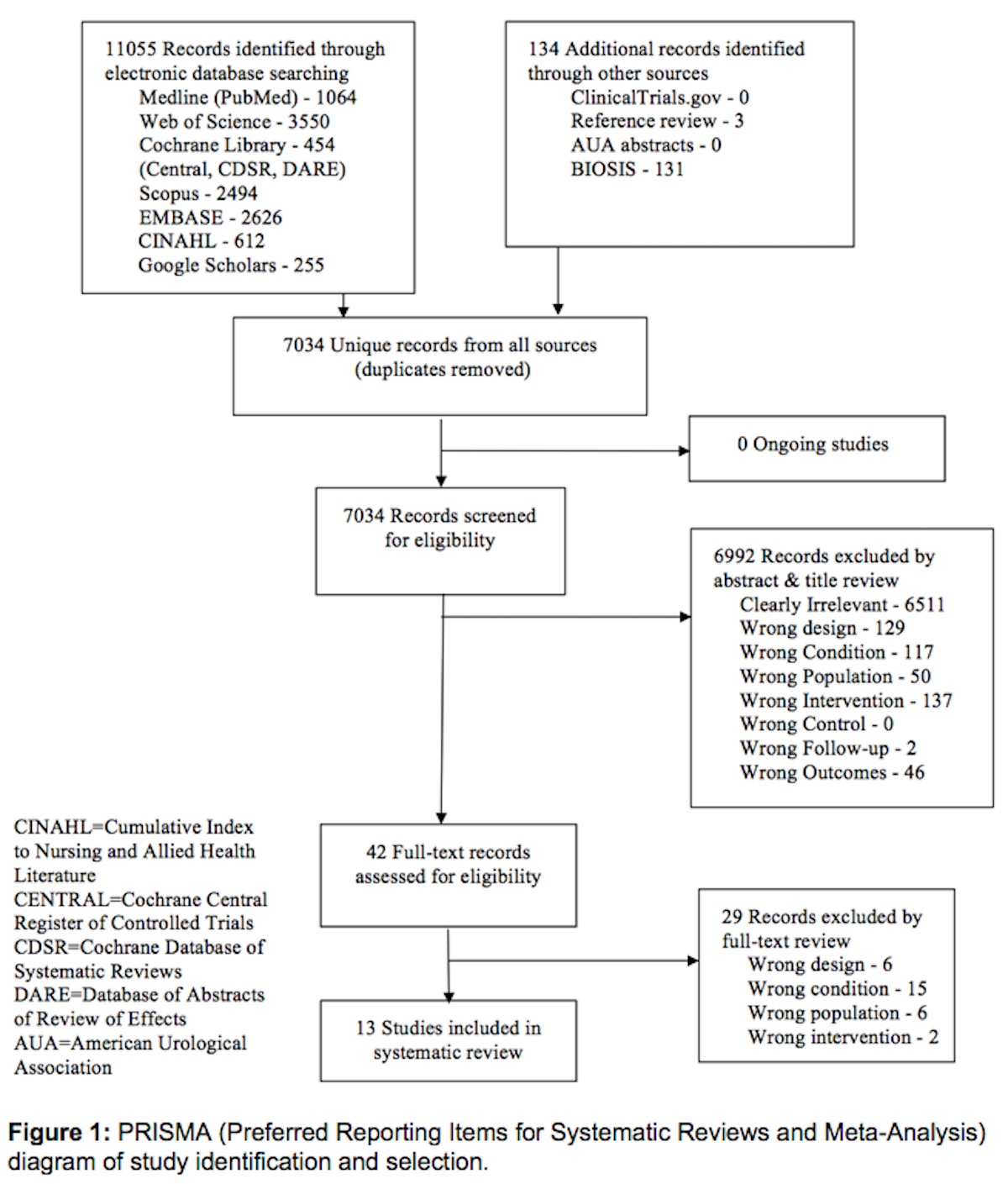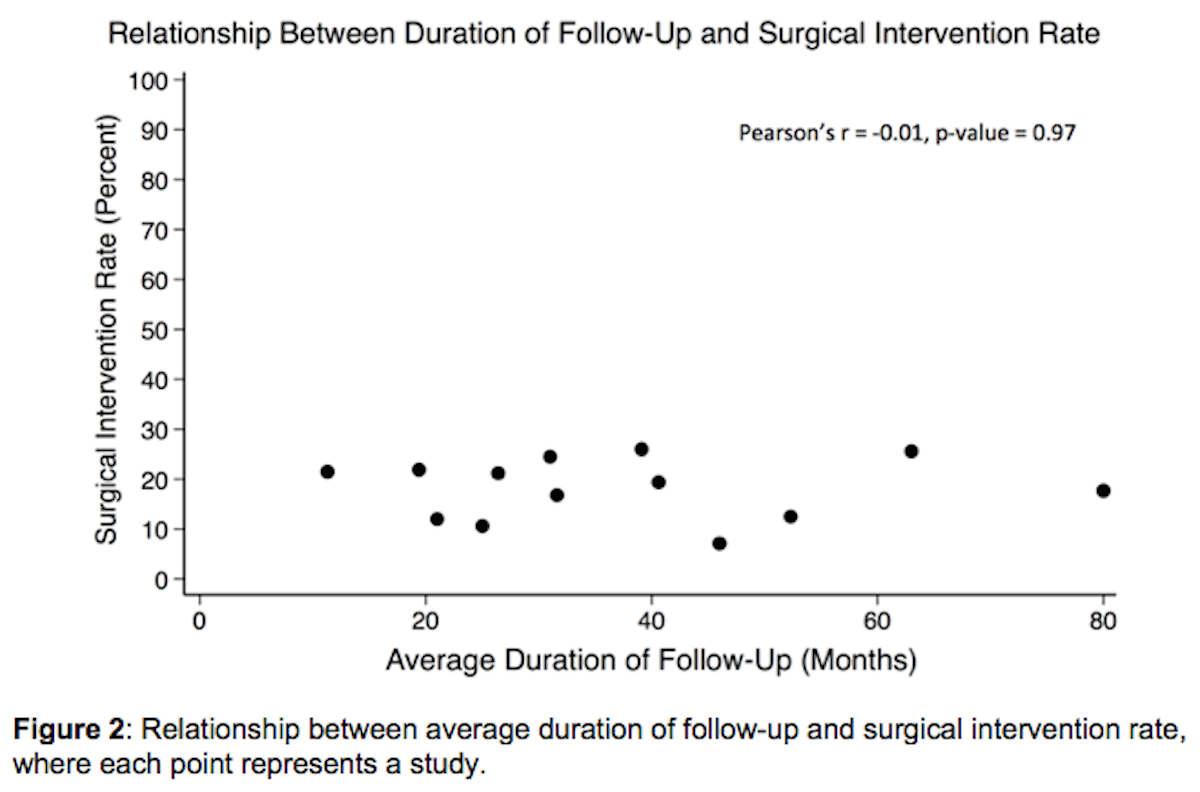The Durability of Active Surveillance in Patients with Asymptomatic Kidney Stones: A Systematic Review
David S. Han, BS1; Benjamin Cher, BS2; Dongheon Lee, BS2; Sreevaishali Rajendran, BS2; Natalie B.V. Riblet, MD, MPH3; Vernon M. Pais, Jr., MD4
1Geisel School of Medicine at Dartmouth, Hanover, NH; 2The Dartmouth Institute for Health Policy and Clinical Practice, Lebanon, NH; 3White River Junction VA Medical Center, White River Junction, VT; 4Section of Urology at Dartmouth-Hitchcock Medical Center, Lebanon, NH
Background: The natural progression of asymptomatic kidney stones remains unclear. Such knowledge may promote value-aligned care for patients and reduce potentially unnecessary procedures. We performed a systematic review to assess the effects of active surveillance on the natural history of asymptomatic kidney stones in adults.
Methods: We followed the Cochrane's recommended methodology as well as the Preferred Reporting Items for Systematic Reviews and Meta-Analyses (PRISMA) guidelines to report our methods and results. With search themes of "Kidney Stone" and "Active Surveillance," we searched for studies in MEDLINE, all Cochrane libraries, EMBASE, Cumulative Index to Nursing and Allied Health Literature, BIOSIS, Scopus, and Web of Science from inception through October 2017 – in addition to ClinicalTrials.gov, American Urological Association Annual Meeting Abstracts (2014 to 2017), Google Scholar, and reference lists of included studies and prior reviews. Two blinded reviewers independently extracted data and assessed methodological quality. We qualitatively summarized rates of surgical intervention, spontaneous stone passage, symptom development, and stone growth. We assessed the relationship between surveillance duration and rate of surgical intervention with Pearson's correlation coefficient.
Results: Of 7,034 unique records, nine observational studies and four randomized controlled trials met final eligibility criteria (Figure 1). There was substantial variation in reported rates of surgical intervention (7-26%), spontaneous stone passage (3-29%), symptom development (7-77%), and stone growth (5-66%). Mean surveillance duration spanned from 11 to 80 months (range 2-180 months). There was no correlation between average surveillance duration and surgical intervention rate across studies (n=13, r=-0.01, p=0.97) (Figure 2), and this finding did not change when restricting analysis to observational studies (n=9, r=0.10, p=0.80). The majority of included studies lacked a control group, permitting a primarily qualitative synthesis of the results and a conservative correlation analysis of reported outcomes; otherwise, methodological quality of included studies was deemed sufficient.
Conclusions: Active surveillance appears to be a durable strategy for a majority of patients with asymptomatic kidney stones, as longer average surveillance durations do not correlate with increased risk of failure and subsequent need for surgical intervention. The majority of our studies were observational, thereby suggesting that clinical judgment is appropriate in selecting patients with asymptomatic kidney stones who can avoid surgery most of the time. Higher-quality studies are needed to ascertain which patients would benefit most from active surveillance. 

Back to 2018 Program
